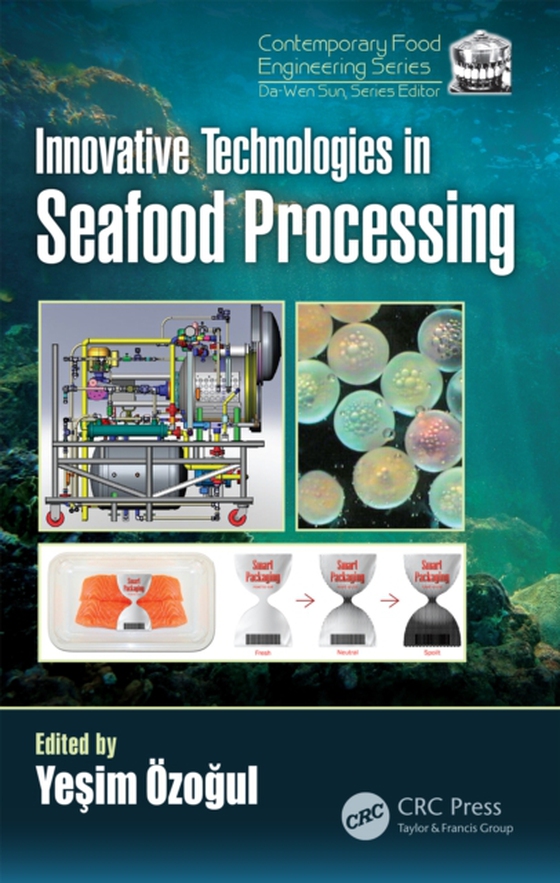
Innovative Technologies in Seafood Processing e-bog
1824,96 DKK
(ekskl. moms 1459,97 DKK)
While conventional technologies such as chilling and freezing are used to avoid deteriorative processes like autolytic and microbial spoilage of seafood, innovative technologies have also been developed as a response to economic and environmental demands. Innovative Technologies in Seafood Processing gives information on advances in chilling, freezing, thawing, and packaging of seafood and also...
E-bog
1824,96 DKK
Forlag
CRC Press
Udgivet
4 september 2019
Længde
376 sider
Genrer
Marine biology
Sprog
English
Format
pdf
Beskyttelse
LCP
ISBN
9781000557015
While conventional technologies such as chilling and freezing are used to avoid deteriorative processes like autolytic and microbial spoilage of seafood, innovative technologies have also been developed as a response to economic and environmental demands. Innovative Technologies in Seafood Processing gives information on advances in chilling, freezing, thawing, and packaging of seafood and also updates knowledge of novel process technologies (high-pressure processing, irradiation, ultrasound, pulsed electric field, microwave and radio frequency, sous vide technology, novel thermal sterilization technologies, ozone and nanotechnological applications, and other innovative technologies such as cold plasma, ohmic heating, infrared heating supercritical carbon dioxide, and high-intensity pulsed light) for the seafood industry.Featuresi Reviews novel process technologies applied in the seafood industryi Highlights processing effects on product quality and safety of treated seafoodi Focuses on the development of safe and effective natural antimicrobials and additivesi Assesses alternative techniques to utilize fish discards and waste as high value productsFurther it highlights aspects related to quality of seafood treated with these innovative technologies, effect on food constituents, possible risk, security/safety both of seafood and consumers, the environmental impact, and the legislative aspects. The book also addresses the growing international environmental concern for fish discards and fish waste generated in the seafood processing industries by including a chapter, Advances in Discard and By-Products Processing, which assesses alternative techniques to utilize fish discards and waste as high value products. This book will be of value to researchers and technicians in the food technology area, especially those dealing with seafood.
 Dansk
Dansk

